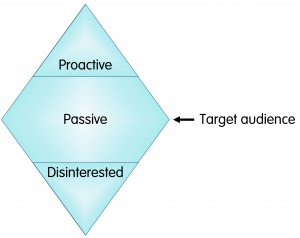You’ve reduced your portion size of fries, so what’s next? How do you make sure your customers are happy and come back for more? Tip 1 of 3 was to change it up, tip 2 of 3 was to relabel your portion size descriptions.
Tip 3 of 3: Increase the perceived value
Instead of leaving your customers to focus on their portion of fries being smaller but being charged the same (which is likely to leave a sour taste in their mouth), think about how you can give them more perceived value. You want them to focus on what they are gaining, not what is being taken away.
Can you introduce an option of a sprinkle of tasty flavours that goes on their fries? A house special Cajun seasoning? Oven roasted with rosemary and garlic? A nest of fries surrounding your customer favourite homemade BBQ sauce? Or perhaps you will introduce a tasty salad with sweet peppers and vine ripened tomatoes on the plate so they don’t notice the portion of fries has decreased.
Follow us on social media to find out our next #ShapeItTopTips. Sign up to get updates to your email inbox, follow us on Twitter @healthy_profit, Facebook @healthyprofitsfgf and on LinkedIn. Also follow us on Instagram @healthy_profits as Tracey sails around the world finding out how feel good foods are promoted overseas.
Find out even more tips in our new book, Healthy Profits, including how you can use rewards, social norms, menu layout and descriptions and LOTS more! Plus, by buying our book you’ll get exclusive access to useful resources like our Healthy Profits checklist, case studies, action plan templates to name just a few! Get our book here!
Thanks so much to everyone who has helped us along the way and made Healthy Profits a reality. We couldn’t have done it without you!





